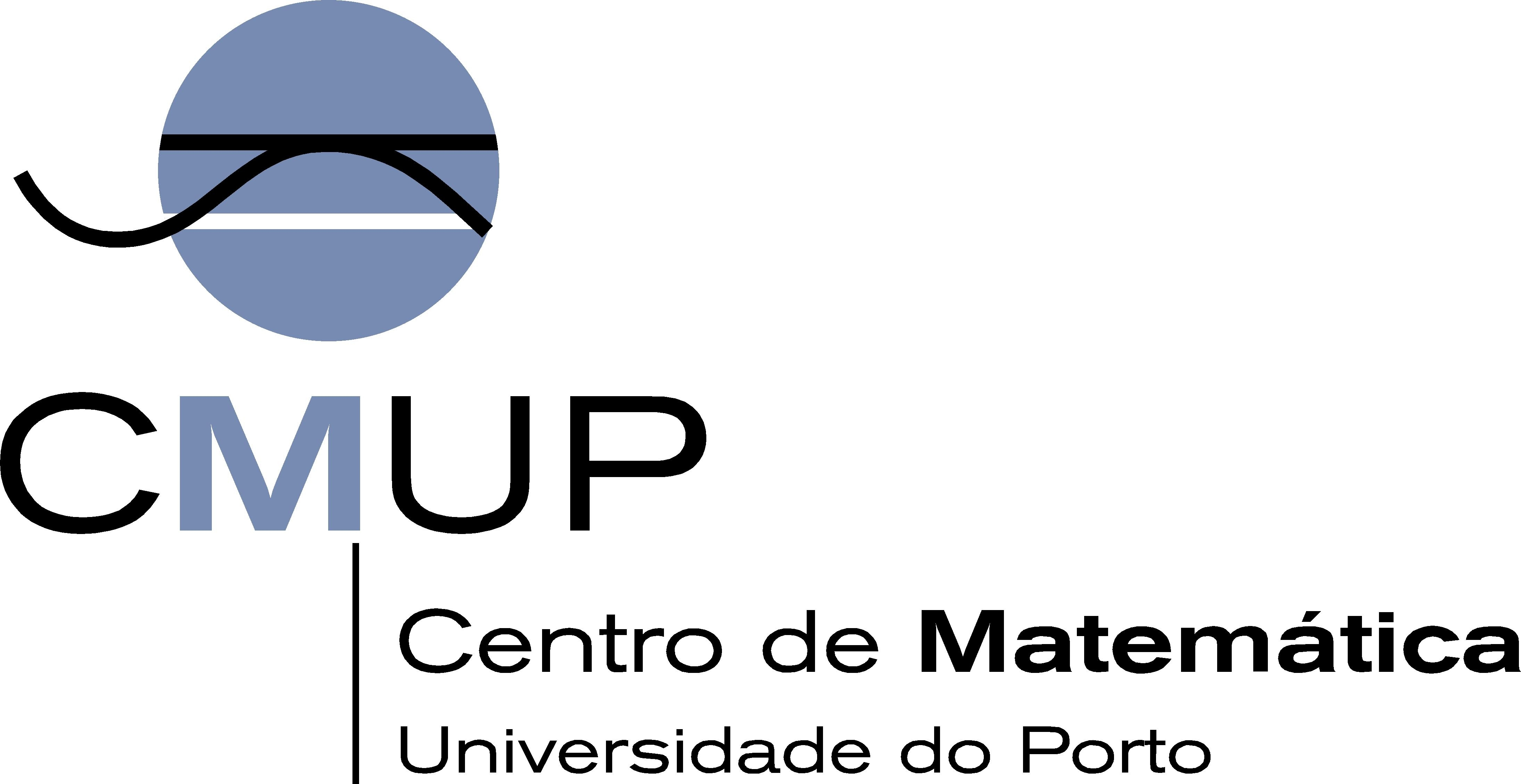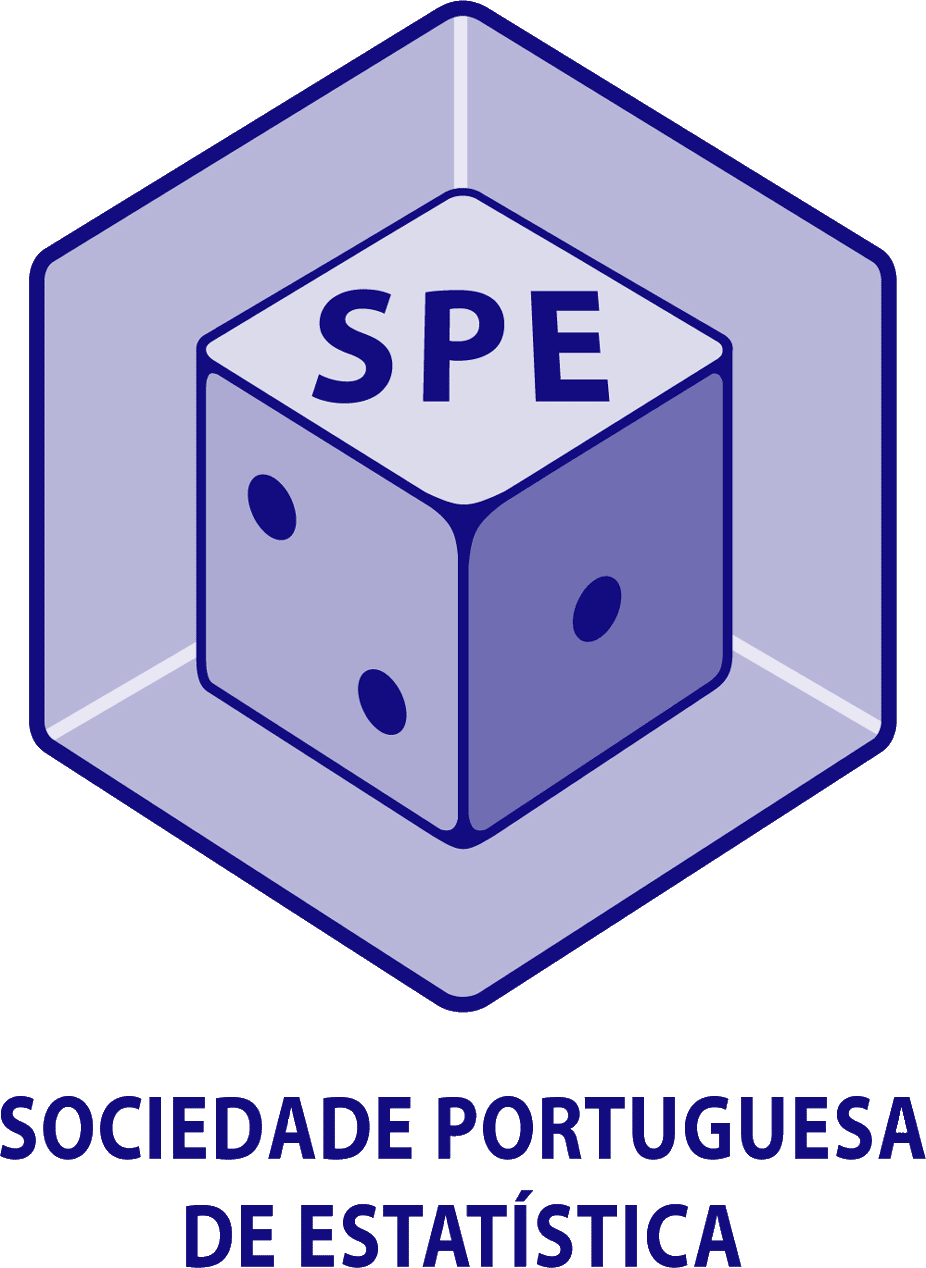Characterization of NO2 levels in Portugal
Description | The air quality index is used to measure the degree of pollution in the air. The pollution may be caused by a mixture of chemicals released to the atmosphere or by chemical reactions that change the natural composition of the atmosphere. Pollutants may have a greater or lesser impact on air quality, depending on their chemical composition, concentration and weather conditions. The presence of pollutants in the air decreases its quality, causing many problems to living beings by the exposure to toxic substances, degrades built heritage and contributes to the deterioration of the ozone layer with consequences on global warming and climate change. The estimation of the air quality index involves measurement of the following chemical elements: carbon dioxide, CO, nitrogen dioxide, NO2, sulfur dioxide, SO2, ozone, O3 and particles <10 microns, PM10. The aim of this study is the concentration of NO2 characteristic of urban and industrial areas. In fact, the NO2 is considered a primary pollutant which can be produced by emissions of electricity generating plants, heavy industry and combustion of biomass. The presence of excessive amounts of NO2 is associated to health problems. The aim of this study is to characterize the spatiotemporal evolution of NO2 levels measured daily at various stations of Portugal between 2004 and 2012. The model is used for predictions of NO2 levels in areas not covered by monitoring stations. The data are obtained from QualAr.
Coordinator | Maria Eduarda da Rocha Pinto Augusto da Silva, Faculdade de Economia, University of Porto.







